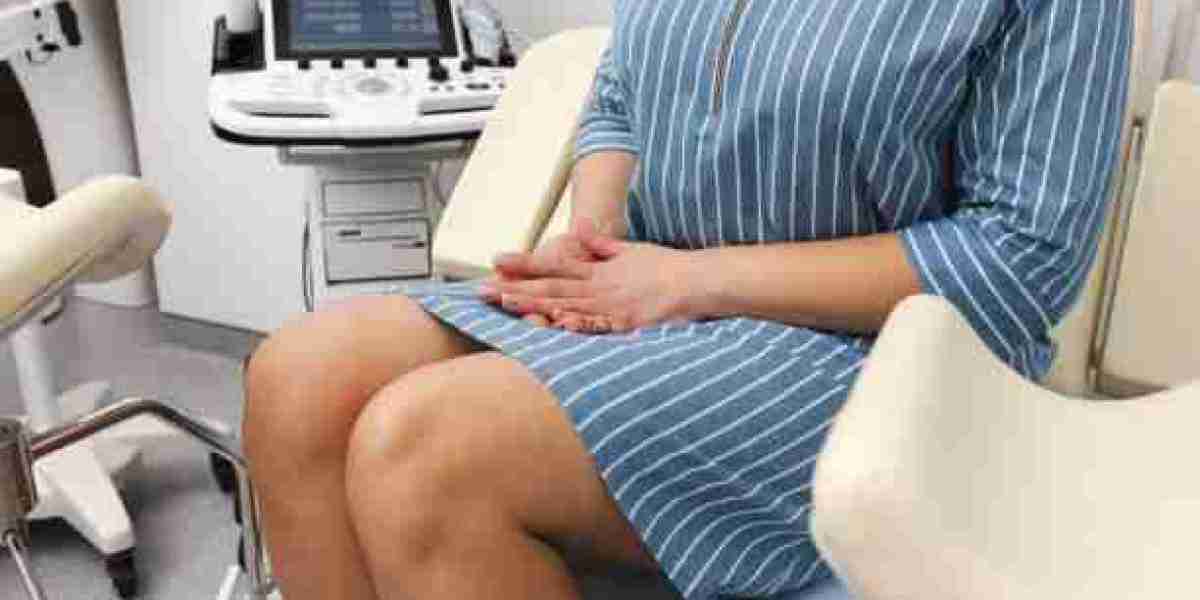The global Surgical and Respiratory Mask Market surged during the COVID-19 pandemic, leading to a proliferation of counterfeit products in the market. These fake masks not only compromise consumer safety but also erode trust in established brands, posing significant threats to the surgical and respiratory mask industry.
The Rise of Counterfeit Masks
The pandemic created an unprecedented demand for personal protective equipment (PPE), including surgical and respiratory masks. This demand was met with a surge in counterfeit products, as unscrupulous manufacturers sought to capitalize on the situation. For instance, in Washington State, approximately 40 hospitals received counterfeit N95 masks that closely resembled authentic 3M products, complete with proper documentation and physical appearance. These masks were purchased from unauthorized distributors, highlighting the challenges in verifying product authenticity .
Strategies to Combat Counterfeiting
1. Strengthening Supply Chain Integrity
Companies like Bona Fide Masks have emphasized the importance of direct partnerships with manufacturers to ensure product authenticity. By eliminating third-party intermediaries and investing in in-house testing, they aim to provide consumers with genuine products and restore trust in the market .
2. Implementing Anti-Counterfeit Technologies
Brands are adopting advanced technologies such as blockchain, QR codes, and holograms to authenticate products and track their journey through the supply chain. These measures not only deter counterfeiters but also provide consumers with tools to verify product authenticity .
3. Consumer Awareness and Education
Educating consumers about the risks of counterfeit products and how to identify them is crucial. Awareness campaigns and clear communication can empower consumers to make informed purchasing decisions, reducing the prevalence of counterfeit products in the market .
Understanding the Regulatory Landscape
Surgical and respiratory masks are classified as medical devices and are subject to stringent regulations to ensure their safety and efficacy. In the United States, the Food and Drug Administration (FDA) categorizes surgical masks as Class II medical devices, requiring manufacturers to submit a premarket notification, known as a 510(k), demonstrating that their product is substantially equivalent to a legally marketed device. This process involves rigorous testing for fluid resistance, filtration efficiency, and biocompatibility .
In the European Union, the Medical Device Regulation (MDR) mandates that surgical masks comply with the EN 14683 standard, which outlines requirements for bacterial filtration efficiency (BFE), breathability, and microbial cleanliness. Respirators must also meet the Personal Protective Equipment (PPE) Regulation, ensuring they provide adequate protection in hazardous environments .
Compliance with these regulations is essential for market access but can be time-consuming and costly, particularly for new entrants and small to medium-sized enterprises (SMEs).
Compliance Costs and Market Entry Barriers
Adhering to regulatory requirements necessitates significant investment in research and development, quality assurance, and documentation. Manufacturers must conduct extensive testing to validate product performance, maintain detailed records, and implement quality management systems such as ISO 13485. These processes incur substantial costs, which can be prohibitive for SMEs and deter potential new entrants from entering the market .
Moreover, the regulatory landscape is continually evolving, with updates to standards and guidelines requiring manufacturers to adapt their processes and products accordingly. This dynamic environment adds complexity and uncertainty, further increasing compliance costs and posing challenges to maintaining market competitiveness.
Impact on Innovation and Product Development
While regulations are designed to ensure product safety and efficacy, they can inadvertently stifle innovation. The lengthy and costly approval processes may discourage manufacturers from developing new products or incorporating novel technologies, fearing delays and additional expenses. This hesitation can slow the introduction of advanced mask designs that offer improved protection, comfort, or sustainability.
For example, the integration of nanotechnology in mask design has shown promise in enhancing filtration efficiency without compromising breathability. However, the lack of established regulatory frameworks for such innovations can impede their development and market introduction .
Global Disparities and Harmonization Challenges
The lack of harmonization among international regulatory standards presents additional challenges for manufacturers seeking to operate in multiple markets. Differences in classification, testing requirements, and certification processes necessitate tailored approaches for each region, increasing complexity and costs.
For instance, while the FDA requires a 510(k) submission for surgical masks, the European Union mandates compliance with the MDR and EN standards, and China has its own set of standards such as YY 0469 for surgical masks. Navigating these varying requirements demands significant resources and expertise, which may be beyond the capacity of smaller manufacturers .
Strategies for Navigating Regulatory Hurdles
To mitigate the impact of regulatory challenges, manufacturers can adopt several strategies:
Early Engagement with Regulatory Bodies: Engaging with regulatory authorities early in the product development process can provide clarity on requirements and facilitate smoother approval pathways.
Investment in Quality Management Systems: Implementing robust quality management systems, such as ISO 13485, can streamline compliance processes and demonstrate commitment to product quality.
Regulatory Intelligence and Training: Staying informed about regulatory changes and investing in staff training can enhance preparedness and adaptability.
Conclusion
The threat of counterfeit surgical and respiratory masks is multifaceted, impacting consumer safety, brand trust, and economic stability. Addressing this issue requires a collaborative approach involving manufacturers, regulators, and consumers. By strengthening supply chains, implementing advanced authentication technologies, and promoting consumer awareness, the industry can mitigate the risks associated with counterfeit products and safeguard public health




